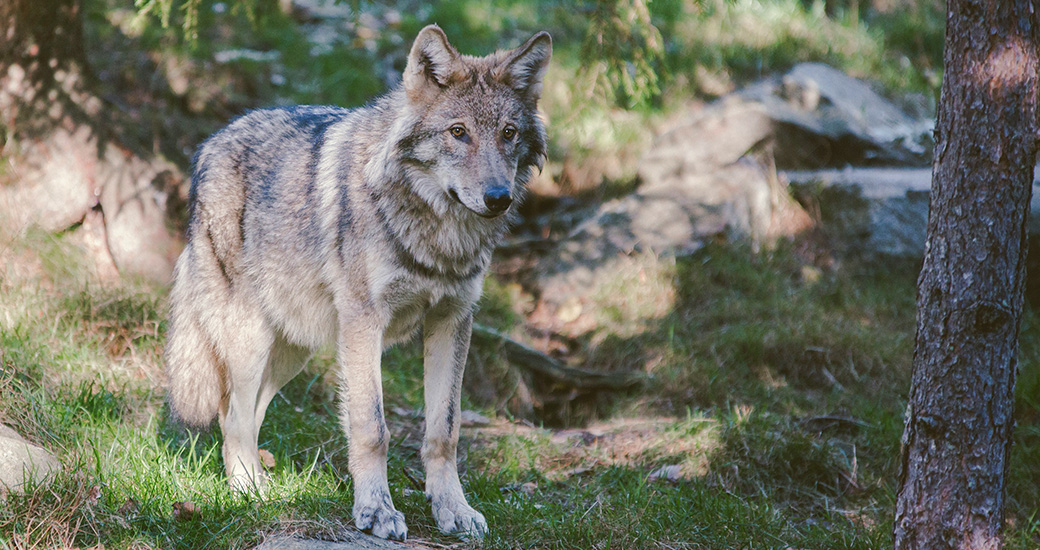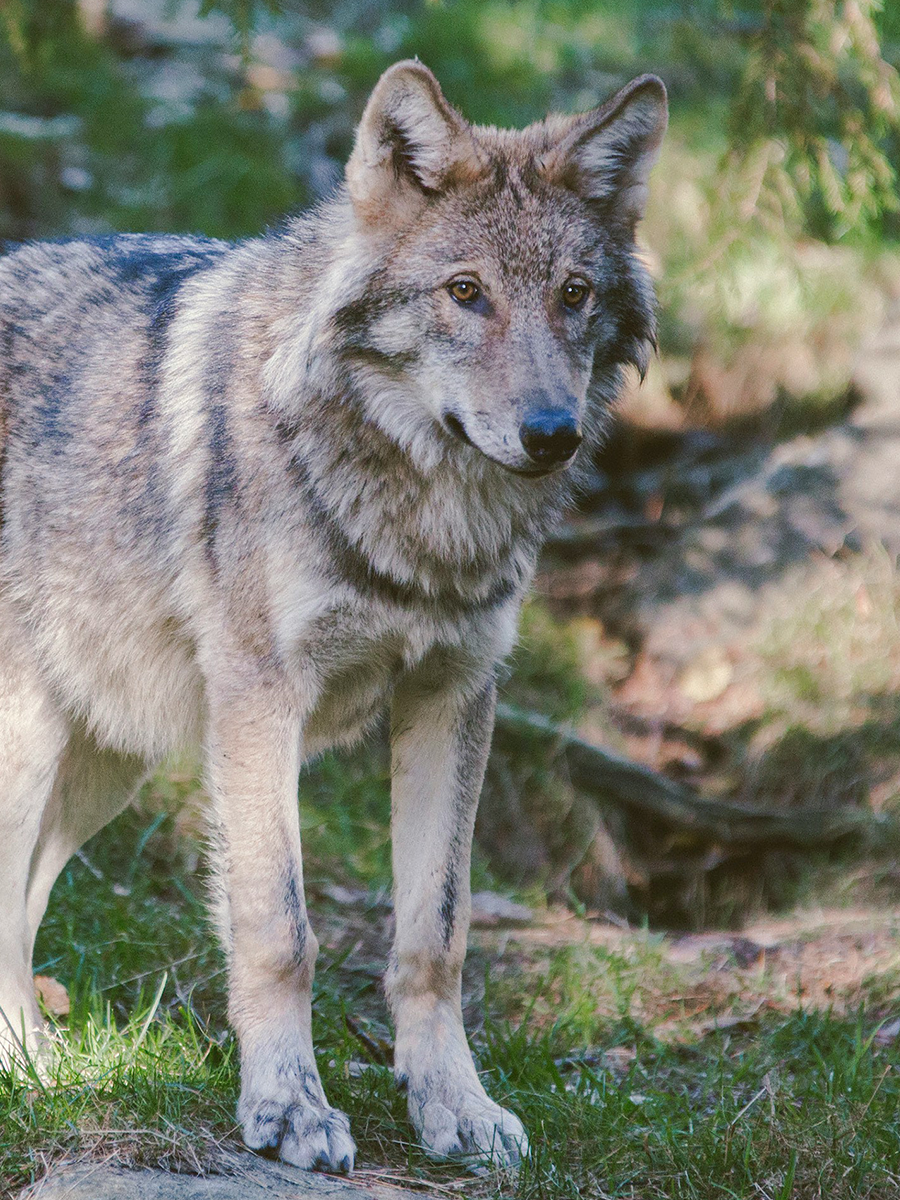Ethiopian WOLF
One of the rarest carnivores left on the planet. Less than 500 living in the wild.
ONLY Found in Ethiopia
The Ethiopian wolf is so rare because it’s only found in Ethiopia and has a very specialised diet. You can find them in the Simien and Bale mountain ranges and Ethiopia’s highlands.

Ethiopian WOLF
One of the rarest carnivores left on the planet. Less than 500 living in the wild.

ONLY Found in Ethiopia
The Ethiopian wolf is so rare because it’s only found in Ethiopia and has a very specialised diet. You can find them in the Simien and Bale mountain ranges and Ethiopia’s highlands.
Common Name: Ethiopian Wolf (AKA abyssinian wolf, simien fox, jeedala fordaa)
Latin Name: Canis Simensis
IUCN Status: Endangered (EN)
Animal Grouping: Mammal
Biological Family: Canidae
Body Length: Body 2-3 feet (approx 1 meter)
Diet: Giant mole-rat, common mole-rat, rats
Tail Length: 1.3 feet (approx 40cm)
Weight: 24-42 lbs (11-20kg)
Common Name
Latin Name
IUCN Status
Animal Grouping
Diet
Length
Weight
Ethiopian Wolf (AKA abyssinian wolf, simien fox, jeedala fordaa)
Canis Simensis
Endangered (EN)
Mammal
Carnivore: Giant mole-rat, common mole-rat, rats
Body 2-3 feet (approx 1 meter), Tail 1.3 feet (approx 40 cm)
24-42lbs (11-20kg)
INTERNATIONAL Wolf Day
12th August
Keep reading below to find out more amazing facts about the lives of the Ethiopian wolf.


INTERNATIONAL Wolf Day
12th August
Keep reading below to find out more amazing facts about the lives of the Ethiopian wolf.
Specialised Hunters
1. Unique skull shape
They have a long narrow skull and a long snout – ideal for hunting their favourite meal.
2. limited diet
In the Bale mountains they hunt almost exclusively giant/common molerats or grass rats. Elsewhere in the highlands they may hunt antelope, hare or lamb.
3. Solitary hunters
Unlike other species of wolf that hunt in packs, the Ethiopian wolf is a solitary hunter.
Family minded
They Live in close knit discrete packs
They usually live in packs of 6 comprising of the alpha male and female, young males from previous litters and 1 or 2 resident females.
Young females leave
Usually when you read about herds or packs, it’s the young males that leave the pack. However, in the case of the Ethiopian Wolf, young females aged 2 will leave the pack to find a mate in a new herd.
Risk of inbreeding
Once a breeding female has died, they are usually replaced by a resident daughter.
However, it’s worth noting during mating season the alpha female is receptive to neighbouring pack males aswell as the alpha male in her pack.
Community upbringing
The entire pack is responsible for looking after the pups, they will guard the den, provide food and once the pups (up to 7) are old enough to leave the den (3-4 weeks old) they will watch the pups whilst others are out hunting.
Active in the day
Border patrol
They will patrol the border morning, midday and evening before resting at night. Making sure that their territory is secure, and re-mark their territory with scent or re-establish if a neighbouring pack is met.
Sociable
meet & Greet
They live in family packs with an alpha male and female leading. They will congregate to greet each other.
Resting at night
Communal
Alongside greetings in the day, the pack will rest together at night. This helps to maintain the pack relations.
Known Threats
Ethiopia has the fastest growing population in Africa.
Habitat Loss
Agriculture and development has significantly reduced the habitat available to wolves living in Ethopia’s highlands.
Dog related Diseases
All wild canids are vulnerable to domestic dog related diseases like rabies. In some areas this has drastically reduced known wolf populations.
Accidents
Unfortunately due to the development of their habitat they are at risk of being involved in car collisions.
Exploitation/Persecution
Hunting is not uncommon and is permitted in Ethiopia. There is also conflict due to loss of livestock in the highlands where wolves have a reputation of taking livestock.
Nurture their curiosity
This is the place to come to get extra activities to nurture and enrich what you are doing with your children at home.

Below are some FREE and EXCLUSIVE activities you can get through My Curious Library.
Websites to visit...
Ethiopia has the fastest growing population in Africa.
Ethiopian Wolf Conservation Rescue
Africa Geographic
Watch Ethiopian Wolf Megeti's journey
You may also like...

Wolves
Fun Facts
There’s so much to learn about wolves and I’ve put together some fun and fast facts for you to tuck into.

Evenley Wood
Family adventures

Summer Party
You're invited!
Join Little Nature Seekers and myself for an end of Summer party this Saturday 17th August.
